Description
**Electrical and Mechanical Engineering 101**
Electrical and Mechanical Engineering are two broad fields of engineering that focus on the design, development, and operation of electrical systems and mechanical systems, respectively. They are often intertwined in the modern world, as many systems and machines rely on both electrical and mechanical principles to function. Below is a beginner’s guide to both fields.
—
### **Electrical Engineering (EE) Basics**
**1. Core Concepts:**
– **Electricity and Magnetism:** Electrical engineering is grounded in the principles of electricity and magnetism. These concepts govern how electric currents flow through conductors, how magnetic fields interact with these currents, and how they can be controlled to do useful work (like powering devices or creating magnetic fields).
– **Voltage, Current, and Resistance:**
– **Voltage (V):** The potential difference between two points, which drives the flow of electric current.
– **Current (I):** The flow of electric charge (measured in Amperes).
– **Resistance (R):** The opposition to current flow (measured in Ohms).
– **Ohm’s Law:** \( V = I \times R \)
– This fundamental equation relates voltage, current, and resistance in a simple circuit.
– **Power:** Electrical power is the rate at which electrical energy is transferred or converted, given by:
– \( P = V \times I \) (Power in Watts)
**2. Key Components:**
– **Resistors, Capacitors, Inductors:** These components control the flow of current, store energy, and manage electrical signals in circuits.
– **Transistors:** Devices that amplify electrical signals and switch electronic signals, fundamental to digital electronics.
– **Diodes:** Allow current to flow in one direction, used for rectification in AC to DC conversion.
**3. Circuits and Systems:**
– **AC vs. DC:** Alternating Current (AC) changes direction periodically, while Direct Current (DC) flows in one direction. Electrical systems often require conversion between these forms of electricity.
– **Signal Processing:** Electrical engineers often work with signals, manipulating them to convey information (e.g., radio, television, telecommunications).
**4. Applications of Electrical Engineering:**
– **Power Generation and Distribution:** Design of systems that generate and distribute electrical energy (e.g., power plants, grids).
– **Electronics:** Development of small-scale devices like computers, smartphones, and appliances.
– **Control Systems:** Used to automate processes in manufacturing, robotics, and aerospace.
– **Telecommunications:** Working with signals in systems like cell networks and satellite communications.
—
### **Mechanical Engineering (ME) Basics**
**1. Core Concepts:**
– **Statics and Dynamics:**
– **Statics:** The study of forces and their effects on bodies at rest.
– **Dynamics:** The study of forces and their effects on bodies in motion.
– **Strength of Materials:** Analyzing how materials react to various forces (tension, compression, torsion, shear) and designing structures to withstand those forces.
– **Thermodynamics:** The study of energy, heat transfer, and the conversion between heat and mechanical energy.
– **Laws of Thermodynamics:** Fundamental principles governing energy conservation and transfer.
– **Fluid Mechanics:** The study of how fluids (liquids and gases) behave when they are in motion or at rest. This is key in fields like aerospace engineering, HVAC systems, and fluid-based machinery.
**2. Key Components:**
– **Engines:** Mechanical engineers often design combustion engines, turbines, and other machinery that converts energy into mechanical work.
– **Gears and Cams:** Mechanical devices used to transmit motion and force between machine components.
– **Bearings and Shafts:** Essential parts that reduce friction and allow rotating components to move smoothly.
**3. Applications of Mechanical Engineering:**
– **Manufacturing:** Design and optimization of machines, tools, and processes to produce goods efficiently.
– **Aerospace:** Designing and building airplanes, spacecraft, and systems that operate in extreme environments.
– **Automotive Engineering:** Focusing on the design and manufacturing of vehicles, including engines, transmissions, suspension systems, and safety features.
– **HVAC Systems:** Designing heating, ventilation, and air conditioning systems for buildings, ensuring comfort and energy efficiency.
**4. Key Sub-disciplines:**
– **Robotics:** Combining mechanical systems with sensors and controllers to create autonomous machines.
– **Biomechanics:** The application of mechanical principles to biological systems, such as prosthetics or medical devices.
– **Acoustics:** The study of sound and its applications, including noise control and audio technology.
—
### **Overlap Between Electrical and Mechanical Engineering:**
Electrical and Mechanical Engineers often work together on complex systems that involve both fields:
– **Mechatronics:** This is an interdisciplinary field that combines mechanical, electrical, and software engineering to create intelligent systems, like robots, automated manufacturing lines, and consumer electronics.
– **Electromechanical Systems:** These systems integrate both electrical and mechanical components, such as motors, sensors, and actuators. For example, an electric motor converts electrical energy into mechanical motion, which is used in everything from electric fans to robotics.
– **Energy Systems:** Power plants and renewable energy systems often require both electrical and mechanical engineers to ensure efficient energy conversion and distribution.
– **Automated Manufacturing and Robotics:** In modern factories, mechanical engineers design robotic arms and machines, while electrical engineers control the systems with sensors, actuators, and controllers.
—
### **Conclusion:**
– **Electrical Engineering** focuses on the manipulation and management of electrical energy, signals, and systems.
– **Mechanical Engineering** focuses on the design, construction, and analysis of machines, mechanical systems, and structures.
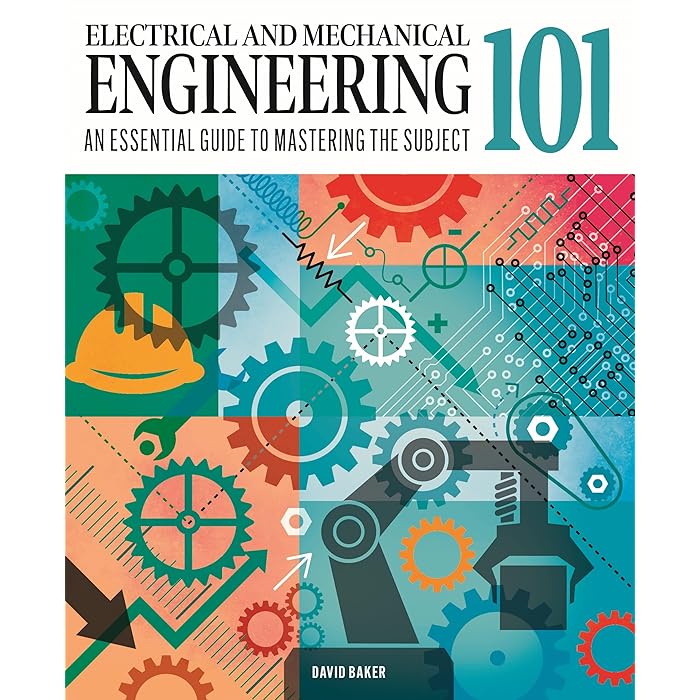
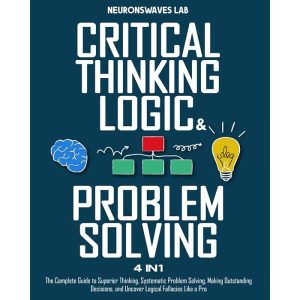


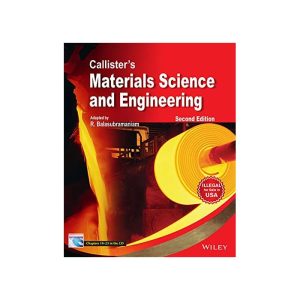




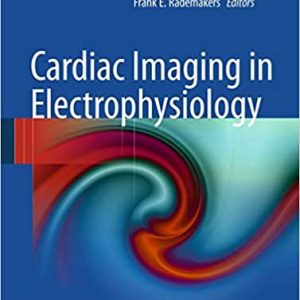
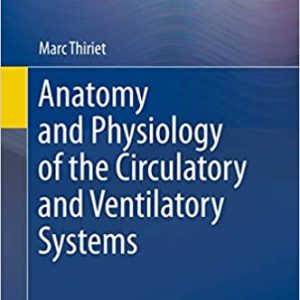


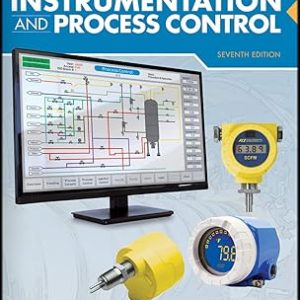
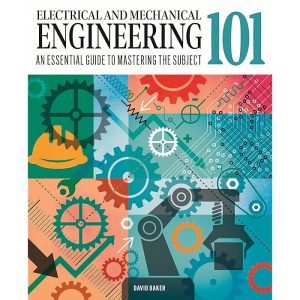


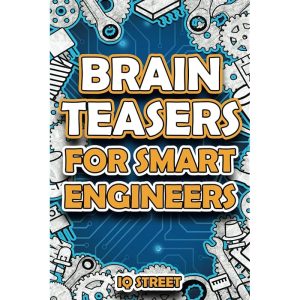
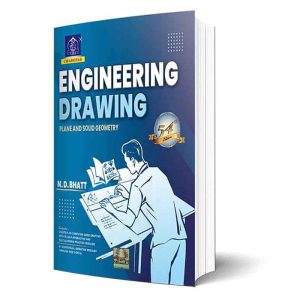
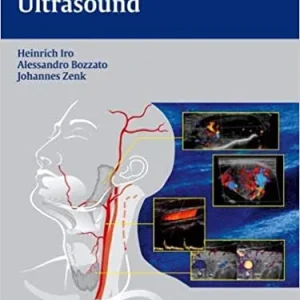
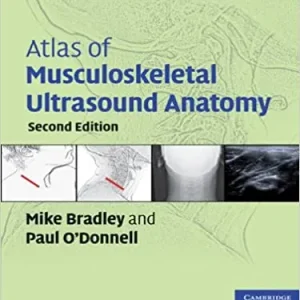
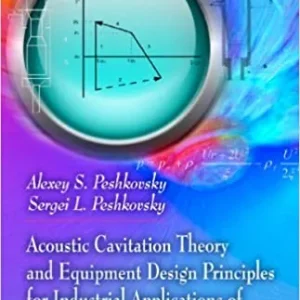

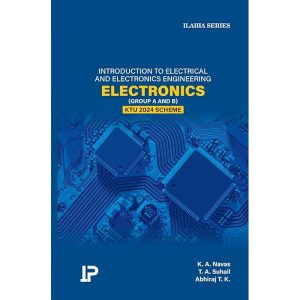
Reviews
There are no reviews yet.